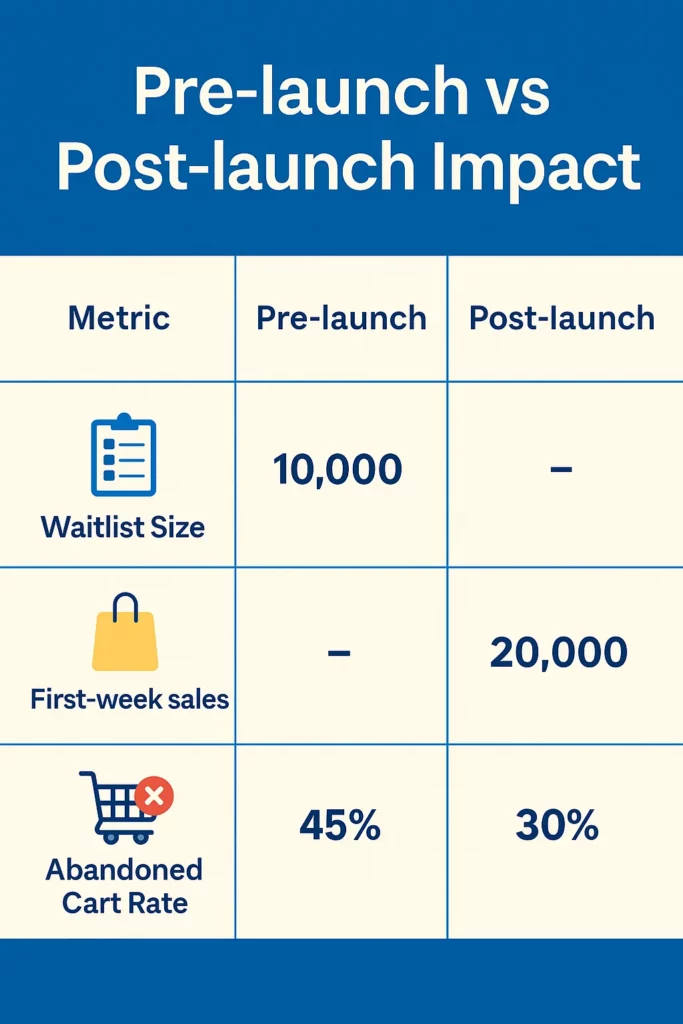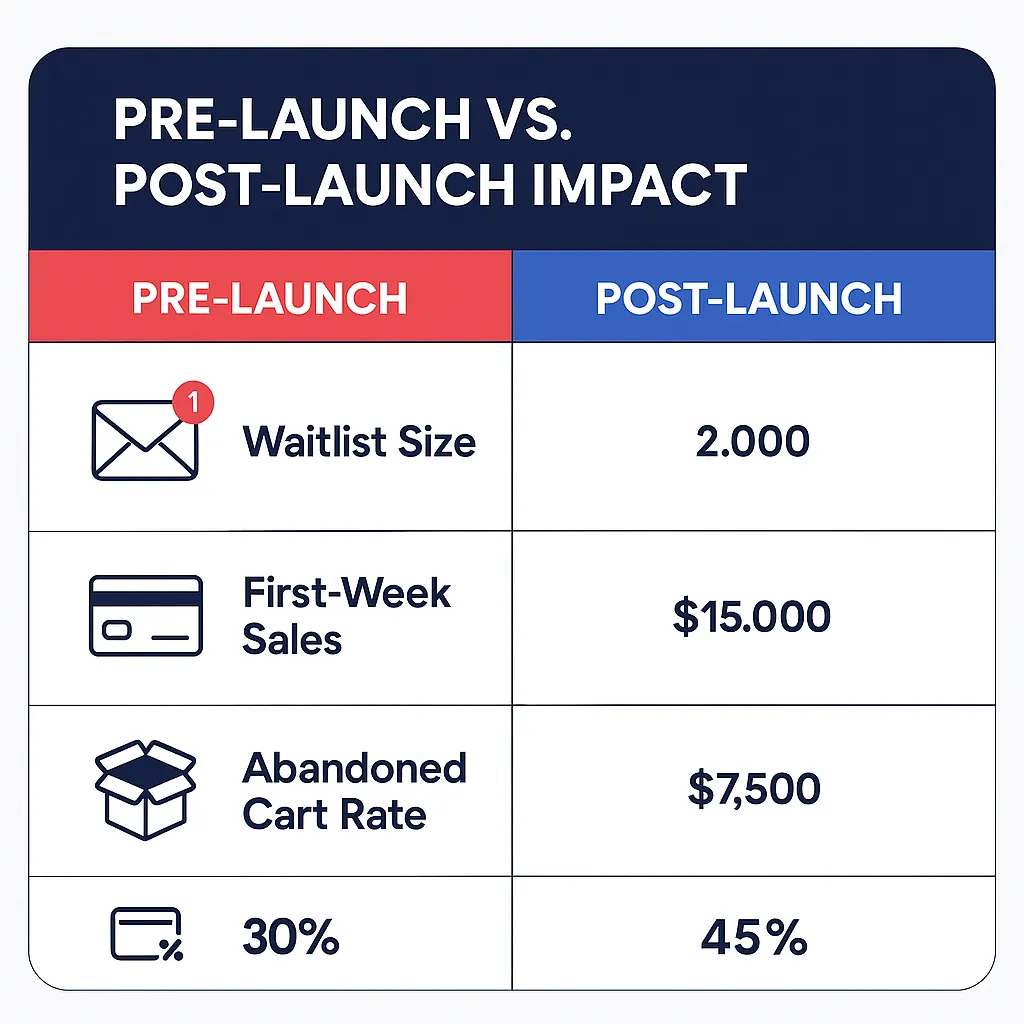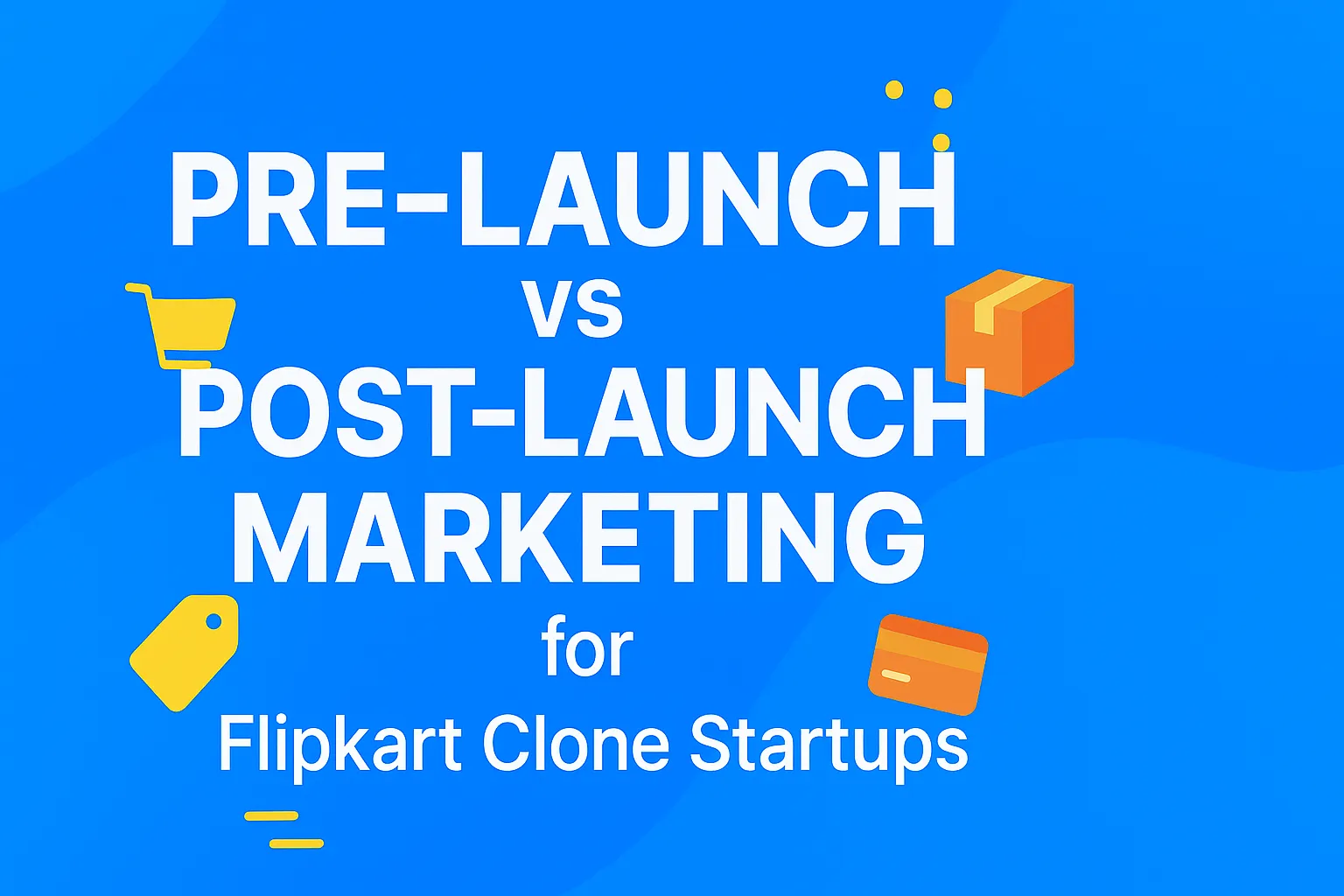You’ve got your Flipkart clone app ready to roll. The product listings are stacked, payments are secure, and the design screams “scroll-worthy.” You’ve even tested your checkout flow a hundred times. But here’s the plot twist—just because your store is open, doesn’t mean shoppers will come flooding in.
Many startup founders think launch day is the finish line. Nope. It’s the starting line. Building a marketplace like E-commerce platform Flipkart is a bold move, but without the right pre-launch strategy, it’s like opening a massive mall without putting up a single billboard or handing out flyers.
In this blog, we’re diving deep into what makes pre-launch and post-launch marketing both crucial for Flipkart-like startups. Stick around—Miracuves doesn’t just build clone apps; we help turn them into traffic magnets and revenue engines.
Strategies used to Build Flipkart Clone
A marketing strategy for a Flipkart clone (an eCommerce platform similar to Flipkart) should focus on building trust, driving traffic, and converting visitors into loyal customers. Here’s a short, focused marketing strategy in paragraph form:
To market a Flipkart clone effectively, the platform should focus on targeting budget-conscious and convenience-seeking online shoppers through a mix of SEO, social media marketing, and performance ads. Launch with strong introductory offers, cashback deals, and referral rewards to encourage first-time purchases and word-of-mouth promotion. Collaborate with local sellers and influencers to build product variety and regional reach. Invest in content marketing like blog posts and YouTube reviews to improve search visibility and trust. Run paid campaigns on Google Shopping, Facebook, and Instagram to drive traffic, and retarget users who abandon carts or browse without purchasing. Prioritize mobile-first user experience and app downloads through special app-only deals and push notifications. Building a strong customer service and easy return policy will help retain customers and compete with established players.
Learn More: Flipkart App Marketing Strategy: Smart Seller’s Growth Guide

Why Pre-launch Marketing is Like Setting the Stage for a Mega Sale
Silence Before the Storm Isn’t Strategy
You wouldn’t throw a sale without hyping it up first. So why launch an entire ecommerce platform in stealth? Pre-launch marketing is your buzz builder. It’s where you seed your first users, validate demand, and create curiosity before the first cart is even filled.
Without pre-launch momentum, you’re launching to crickets. With it? You’re launching to a waitlist of warm, eager buyers and sellers.
Pre-launch Strategies that Set You Up for a Strong Start
1. Create an Irresistible Waitlist Campaign
Use a landing page builder like Webflow or Framer and design a clear CTA like:
“Get ₹1000 in credits when you sign up before launch!”
Use referral gamification with tools like Viral Loops. Incentivize early signups and sharing by offering exclusive perks (e.g., priority seller onboarding or early-bird discounts).
2. Start Building Your Seller Community First
No products = no value. Identify niche sellers and indie brands looking for better exposure than Flipkart or Amazon. Pitch your platform as their next growth move. Offer 0% commission or VIP support for early adopters.
3. Leverage Influencers Who Actually Sell
Micro-influencers in categories like fashion, tech accessories, home goods, or skincare can be your early content goldmine. Offer them storefronts or profit-sharing.
4. Run Social Teasers & Behind-the-Scenes Stories
Don’t just show the app. Show the journey. Share packing mockups, warehouse BTS, and branding ideas. Invite your audience to vote on product categories or app features.
Post-launch Marketing: The Real Hustle Begins
1. Flip the Switch: Turn Waitlist into Buyers
Immediately engage your waitlist with launch offers, welcome emails, and limited-time coupon codes. Create urgency with countdown banners and cart nudges.
2. User Onboarding Should Feel Like VIP Treatment
Guide both sellers and buyers through onboarding. Use nudges like:
- “Add your first product & get ₹500 bonus”
- “Get free shipping on your first order within 48 hrs”
3. Keep Retargeting & Re-engaging
Not everyone will convert immediately. Use Facebook Pixel and Google retargeting to follow cold users. Serve testimonial ads, trending product collections, and time-limited flash sales.
4. Email Marketing is Not Dead
Use behavior-based triggers:
- Abandoned cart? Send a nudge.
- Bought something? Upsell a related item.
- No login in 7 days? Hit them with FOMO (“20,000+ orders placed this week!”)
Pre-launch vs Post-launch: A Side-by-Side Comparison
| Marketing Phase | Pre-launch | Post-launch |
|---|---|---|
| Objective | Build buzz, grow waitlist, onboard sellers | Drive purchases, retain users, scale activity |
| Key Tactics | Landing page, social teasers, influencer seeding | Onboarding campaigns, retargeting, flash deals |
| User Base | Curious browsers, test shoppers, early sellers | Buyers, loyalists, power sellers |
| Metrics | Signups, wishlist items, seller inventory | DAU, conversion rates, average order value |
Why Flipkart Clone Startups Need Both Halves of the Funnel
Skipping pre-launch is like showing up to Black Friday with no ads. Ignoring post-launch is like opening a store and hoping customers just magically return.
The brands that win the ecommerce game aren’t just the ones with great UX or lightning-fast delivery—they’re the ones that get users hooked before they arrive and keep them engaged long after the first order.
Learn More: Why Startups Choose Flipkart Clone Over Custom Development
Build Your Own Flipkart Clone App with Miracuves

Conclusion
A successful Flipkart clone launch isn’t just about what you sell—it’s about how you sell your launch. The right marketing rhythm before and after go-live can transform a flat start into an explosive ecommerce success.
At Miracuves, we help innovators launch high-performance app clones that are fast, scalable, and monetization-ready. Ready to turn your idea into reality? Let’s build together.
FAQs
1) How far in advance should I begin pre-launch marketing?
With Miracuves delivering your platform in just 3–6 days with guaranteed delivery, you can begin pre-launch marketing immediately, giving you time to build anticipation and prepare your user base.
2) What’s the most important metric during pre-launch?
Waitlist size and seller sign-ups are key. These determine whether your platform has momentum at launch.
3) Do I need influencers to promote my Flipkart clone?
It helps tremendously. Niche influencers who sell directly to their audience can create instant product and traffic traction.
4) What works best for early retention?
Gamified onboarding, fast shipping, daily deals, and email sequences personalized to user behavior.
5) Should I focus more on buyers or sellers?
Start with sellers—you need inventory before buyers can do anything. But balance it quickly with buyer offers to create supply-demand momentum.
6) Does Miracuves help with go-to-market planning too?
Yes! Beyond app development, we guide you through pre/post-launch campaigns, seller onboarding, and platform optimization.








